The history of science is littered with ideas that were once dismissed as absurd, only to be vindicated centuries later. From the geocentric model of the universe to the revolutionary theory of plate tectonics, many concepts now considered foundational were initially ridiculed or ignored. These underdog stories reveal a fascinating pattern: what begins as heresy often ends as dogma. The journey from mockery to acceptance is rarely swift, but it is almost always inevitable when evidence mounts in favor of the once-disdained idea.
The Geocentric Heresy That Wasn’t
Long before Copernicus dared to suggest that the Earth revolved around the Sun, the prevailing wisdom held that our planet stood motionless at the center of the cosmos. This geocentric model, championed by Ptolemy in the 2nd century, was not merely a scientific theory—it was a philosophical and theological cornerstone. To challenge it was to challenge the very order of the universe. Yet, as early as the 3rd century BCE, Aristarchus of Samos proposed a heliocentric system. His ideas were so far ahead of their time that they were largely forgotten until Copernicus resurrected them nearly two millennia later. Even then, the resistance was fierce. Galileo’s persecution by the Catholic Church in the 17th century stands as a stark reminder of how deeply entrenched wrong ideas can become.
The Slow Death of Spontaneous Generation
For centuries, it was widely believed that life could arise spontaneously from non-living matter. Maggots appeared to emerge from rotting meat, mice from piles of grain. This idea, known as spontaneous generation, was considered common sense until Francesco Redi’s experiments in the 17th century began to cast doubt. Yet even after Redi demonstrated that maggots came from fly eggs, not the meat itself, the theory persisted. It took Louis Pasteur’s meticulous work in the 1860s to finally dismantle the notion once and for all. The delay between Redi’s initial challenge and Pasteur’s definitive proof spanned two centuries—a testament to how stubbornly incorrect ideas can cling to legitimacy.
Continental Drift: From Laughter to Law
Perhaps no scientific theory faced a more uphill battle than Alfred Wegener’s proposal of continental drift in 1912. The idea that continents could move was met with outright derision by the geological establishment. Wegener’s lack of a plausible mechanism for how continents might drift made him an easy target for criticism. It wasn’t until the 1960s, with the discovery of seafloor spreading and the development of plate tectonic theory, that Wegener’s vision was fully vindicated. The very scientists who had mocked him were forced to concede that he had been right all along—though by then, Wegener had died without seeing his ideas accepted.
The Pattern of Scientific Revolution
These stories share a common thread: radical ideas rarely gain immediate acceptance, no matter how compelling the evidence. The scientific community, like all human institutions, is conservative by nature. New theories must overcome not just intellectual skepticism but institutional inertia and professional pride. The process is messy, often unfair, and sometimes tragic for the pioneers who push boundaries too far ahead of their time. Yet in the long run, truth has a way of asserting itself. The history of science is ultimately a history of heresies becoming orthodoxies, of outcasts being posthumously crowned as visionaries.
Lessons for Today’s Scientific Controversies
This pattern should give us pause when evaluating contemporary scientific debates. Many ideas currently dismissed as pseudoscience may one day be recognized as ahead of their time. This is not to say that every fringe theory deserves equal consideration—most will rightly fade into obscurity. But history teaches us that the line between crackpot and genius is often drawn in hindsight. As we confront new scientific frontiers, from consciousness studies to climate modeling, we would do well to remember that today’s laughingstock may be tomorrow’s textbook standard.

By /Jul 2, 2025

By /Jul 2, 2025

By /Jul 2, 2025

By /Jul 2, 2025

By /Jul 2, 2025

By /Jul 2, 2025

By /Jul 2, 2025
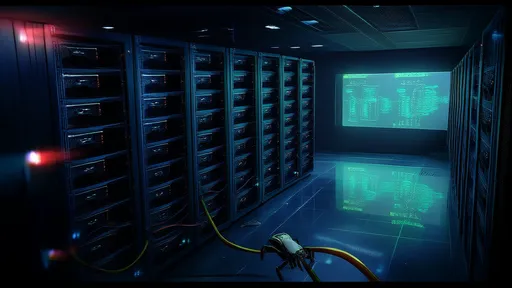
By /Jul 2, 2025

By /Jul 2, 2025

By /Jul 2, 2025

By /Jul 2, 2025
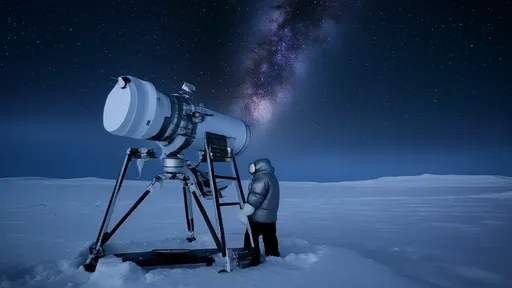
By /Jul 2, 2025

By /Jul 2, 2025
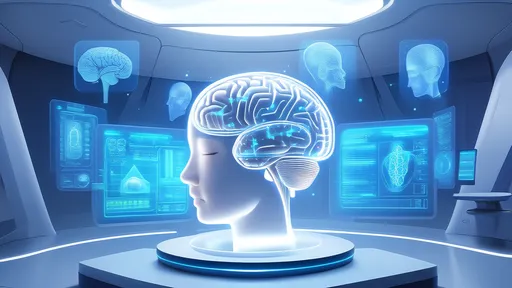
By /Jul 2, 2025

By /Jul 2, 2025

By /Jul 2, 2025

By /Jul 2, 2025

By /Jul 2, 2025
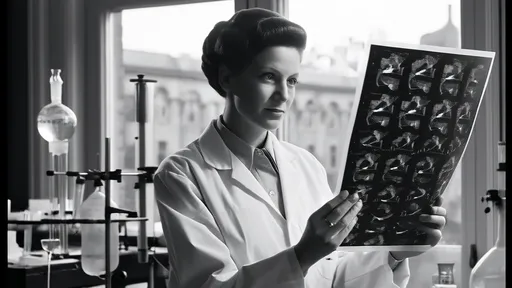
By /Jul 2, 2025
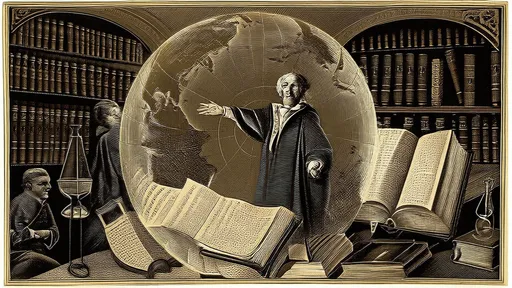
By /Jul 2, 2025